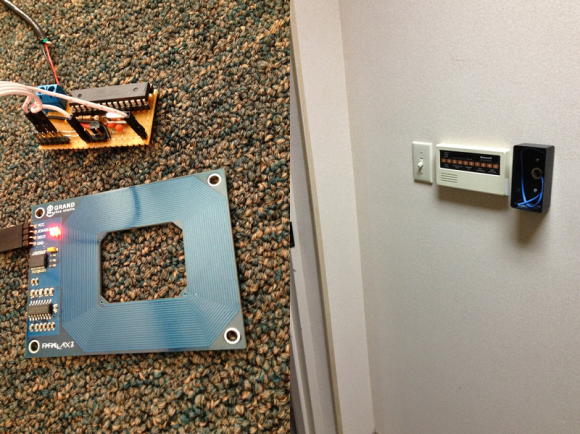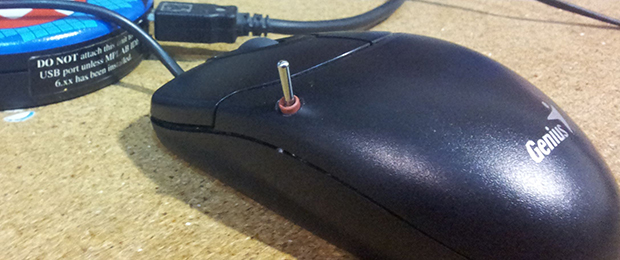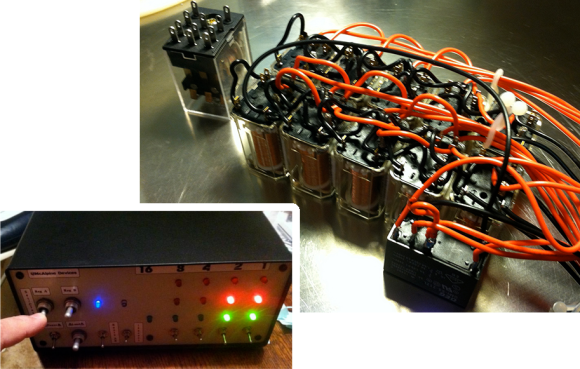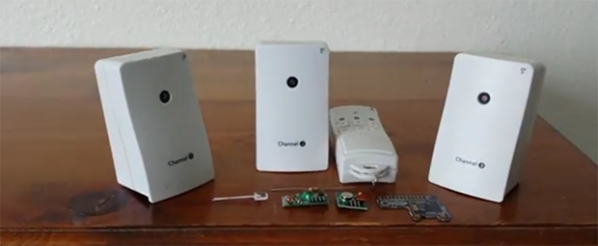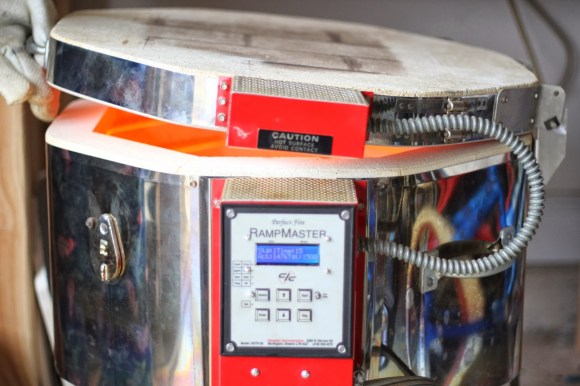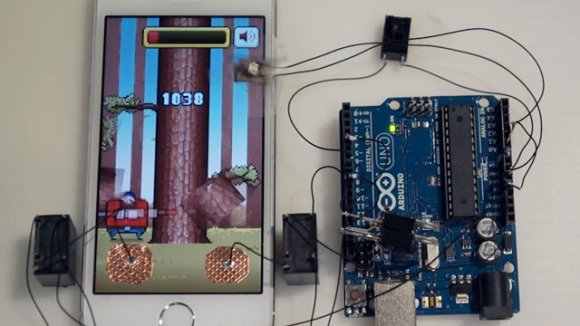
What do you do if you suck at a smartphone game? Buy some in-game upgrades to pretend like you’re good? Screw that! [Valentin] did what any self-respecting hacker would: developed an automated system to play for him.
Granted, when you see the demo video embedded below you’ll realize there isn’t much strategy involved in this game. But that setup to simulate the touchscreen presses is pretty neat. We’re used to seeing mechanical touchscreen hacks but this one is electronic, using a couple of pads of copper foil tape and some relays to make it happen. Here’s the one caveat: you still need to be touching something with your hand. This just uses the relays to switch the connection between the pads and your body.
We’ve looked around for this before. Does anyone have a cheap, simple, and effective hack to fully automate presses on a modern touchscreen? Can we use a potato or something? Tell us below, but send it in to the tips line too!
Continue reading “Pwning Timberman With Electronically Simulated Touchscreen Presses”

